Over the past several weeks, we posted a series of articles that walk you step by step through planning and facilitating the best strategy retreat of your career. Each week, we focused on one critical piece of the process we follow with our clients to ensure they design their meetings effectively and facilitate them for success.
>> Part 1: Define Success
>> Part 2: Develop a Straw Man Agenda
>> Part 3: Design Your Activities to Engage Your Attendees
>> Part 4: Navigate Day-of Challenges
Read More



















